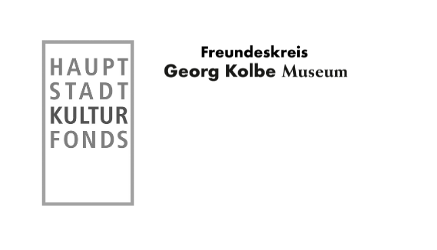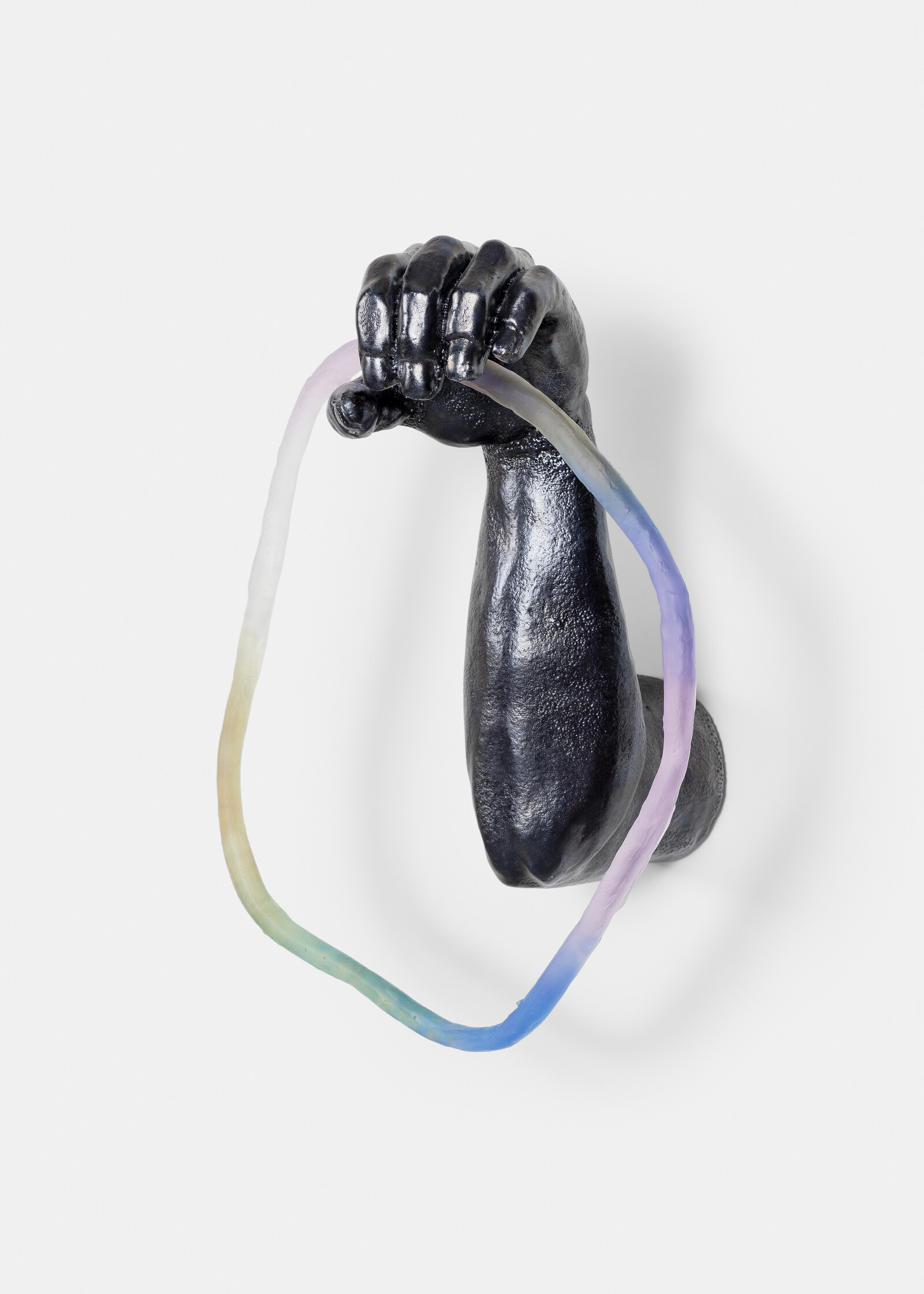Sensburger Allee 25
14055 Berlin
Germany
Hours: Wednesday–Monday 11am–6pm
info@georg-kolbe-museum.de
The year 2025 marks the 75th anniversary of the Georg Kolbe Museum. It was opened in 1950 as the first newly founded museum in post-war West Berlin. This founding moment is the starting point for exhibitions, events, and a publication to mark this anniversary, posing questions on how a museum today can deal critically with its own history and work consciously, courageously, and collaboratively on possible futures. The anniversary program begins in April with the group exhibition Tea and Dry Biscuits. In June, a new work by David Hartt will enter into a site-specific dialogue with the museum’s historical sculpture garden in this year’s garden commission. The publication The Fountain focuses on the history of Georg Kolbe’s 1922 Dancer’s Fountain with new texts by Kirsty Bell, Markues, Jimmy Robert, and Kasia Fudakowski, among others. Throughout the year, the lecture series “From the Margins: Rediscovered Lives from Archives” will continue to shed light on figures working at the peripheries of canonized art history. During Berlin Art Week this fall, a collaborative program with Villa Romana in Florence will explore the histories, presents, and futures of both institutions.
The anniversary year program in 2025 celebrates the Georg Kolbe Museum as a critical and lively place of art and research through its ever-growing community of artists, art workers, old and new audiences, and supporters who contribute to its dynamic cultural legacy.
I Know That I Can Double Myself. Gisèle Vienne and the Puppets of the Avant-Garde
Until March 9, 2025
I Know That I Can Double Myself showcases the work of the Austrian-French artist, choreographer, and director Gisèle Vienne (*1976). Vienne’s life-size dolls posit the body as a space where culturally and socially constructed perceptual systems can be questioned, criticized, and possibly reversed. Her works are presented in dialogue with artists of the European avant-gardes such as Hannah Höch, Maria Jarema, Sophie Taeuber-Arp, Oleksandra Ekster, Valeska Gert, Claude Cahun, and Emmy Hennings who similarly used dolls as a medium for political and social criticism. This exhibition is part of a joint project with Haus am Waldsee and Sophiensæle that presents different aspects of Vienne’s work in Berlin.
Tea and Dry Biscuits. An Anniversary Exhibition
April 17–October 26, 2025
Kicking off the anniversary year, an international group show centers around the museum’s opening in 1950 as the first newly founded museum in post-war West Berlin. At the time, the museum was conceived as a memorial to the figurative sculptor Georg Kolbe, who died in 1947 and who had lived and worked in this extraordinary building of modern architecture from 1928 onwards. A critical reconstruction of the large studio room—which was open to the public and staged to provide insight into Kolbe’s entire oeuvre, while presenting a seemingly intact and unfractured German history—serves as the starting point for questions about musealization, the construction of memory, artistic legacy and institution-building. How can a museum critically interrogate its own history today, while moving towards the future in a conscious, courageous, and collaborative manner. The exhibited artists question the staging of memory and examine remembrance in its various private as well as public forms. With works by Christian Borchert, Cao Fei, Ryan Gander, Itamar Gov, Taus Makhacheva, Hande Sever, Laure Prouvost, Álvaro Urbano, Kaari Upson, Marion Verboom, Danh Võ and Ruth Wolf-Rehfeldt, among others.
David Hartt
June 15–October 26, 2025
David Hartt will create the museum’s annual garden commission in summer 2025. The artist creates work that unpacks the social, cultural, and economic complexities of his various subjects, exploring how historic ideas and ideals persist or transform over time. In the museum’s sculpture garden, Hartt will engage with Georg Kolbe’s Dancer’s Fountain from 1922, countering it with a large-scale video work reflecting on dance and movement as well as political histories of botany.
The Fountain
The publication The Fountain, which will be released with DISTANZ in the summer of 2025, deepens the critical and fabulating investigations around Georg Kolbe’s Dancer’s Fountain (1922), which was originally conceived for the garden of a villa belonging to Heinrich and Jenny Stahl. The authors interrogate and reassess the stereotypes implicit in the fountain figures, offering different anchors to examine histories of racism and misogyny, as well as the antisemitic history of the fountain. Contributors include Kirsty Bell, Max Czollek, Kasia Fudakowski, David Hartt, Markues, Julia Grosse, and Jimmy Robert among others. A long-term art education project invites the voices of the students of Berlin’s Thomas Mann Gymnasium to imagine possible futures for the fountain.
Villa Romana at Georg Kolbe Museum
2025 also marks the anniversary of the Villa Romana. The Villa’s annual prize, the oldest German art award, offers artists based in Germany an opportunity to further develop their artistic practice during a prolonged stay in Florence. Conceptualized as a space for mending, troubling, and repairing, Villa Romana is today a vital part of the Italian art scene. A performance program during the Berlin Art Week in September draws inspiration from the historical connections between these two artist-centered venues, deepening the Georg Kolbe Museum’s institutional inquiry into reparative approaches to art histories.
The fall and winter program will engage the collection of the museum with a focus on notions of manliness and masculinities, as well as continue the research and lecture series “From the Margins: Rediscovered Lives from Archives.”
In 2025, the Georg Kolbe Museum also deepens its commitment to an environmentally-conscious museum practice and inaugurates its new solar-powered exhibition lighting system.
The lecture series “From the Margins” is made possible through generous support by Wolfgang Wittrock. The Georg Kolbe Museum receives its basic funding from the Senate of Berlin and is supported for its 2025 program by:




